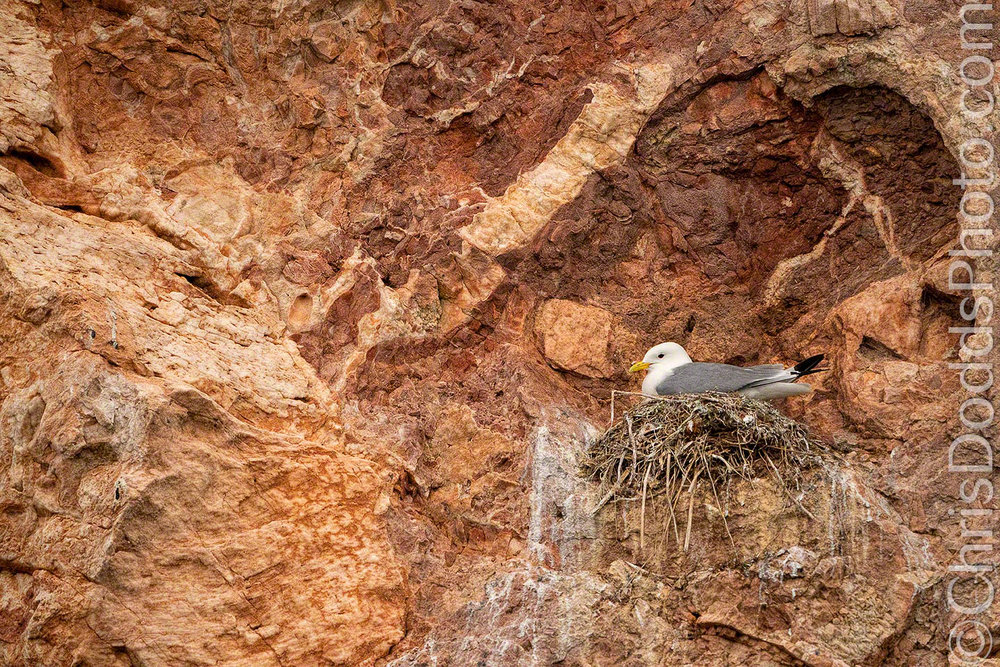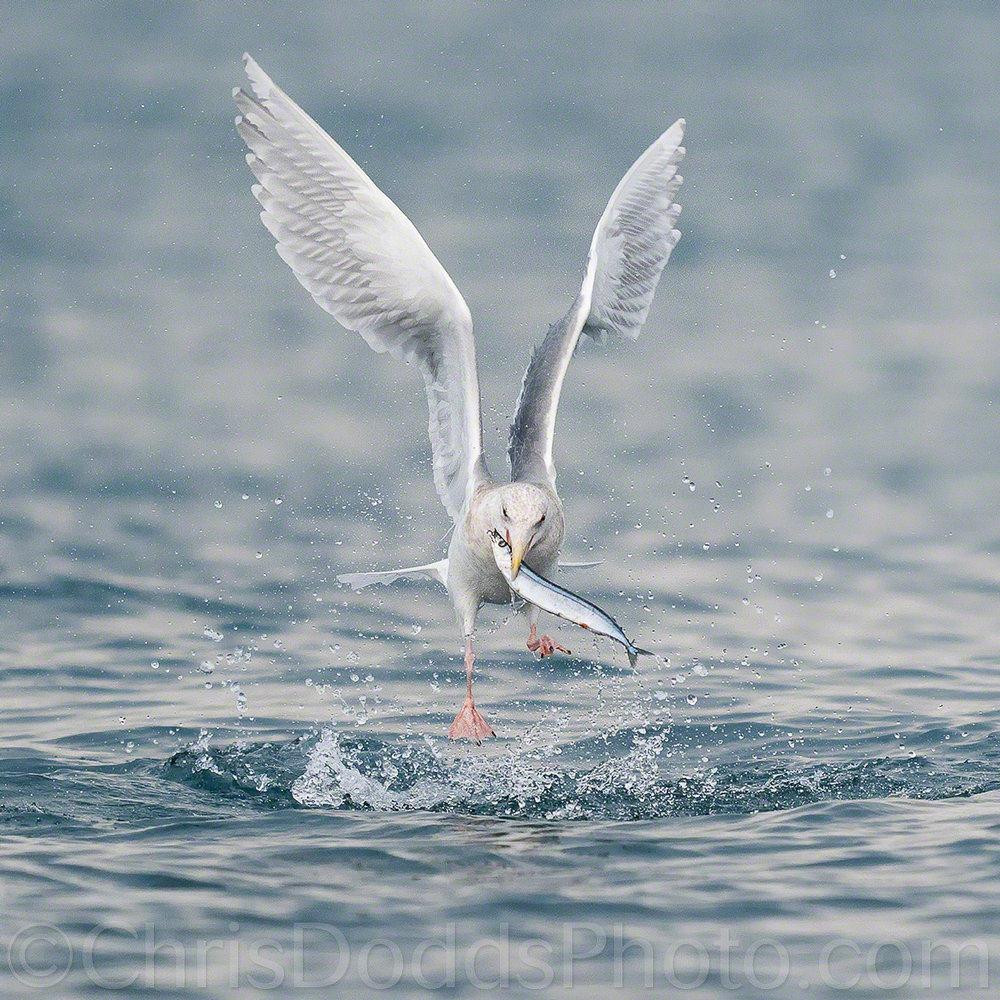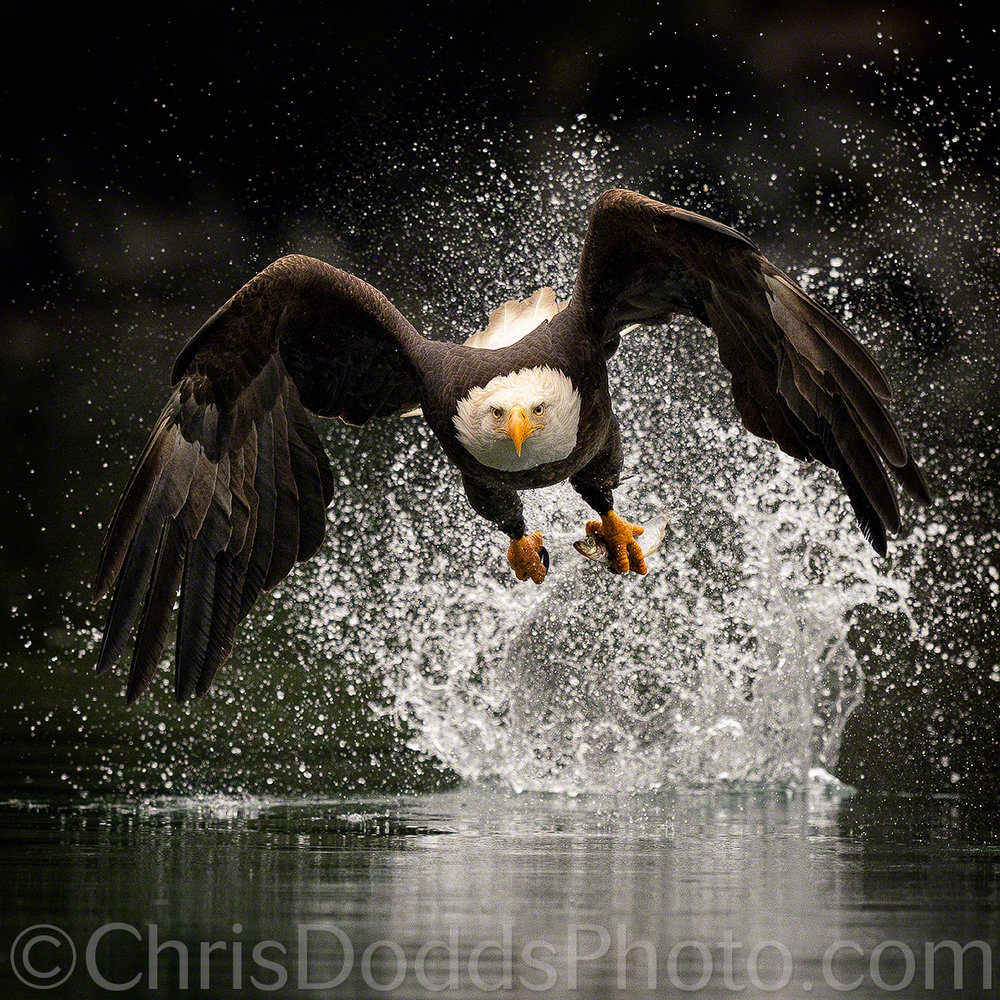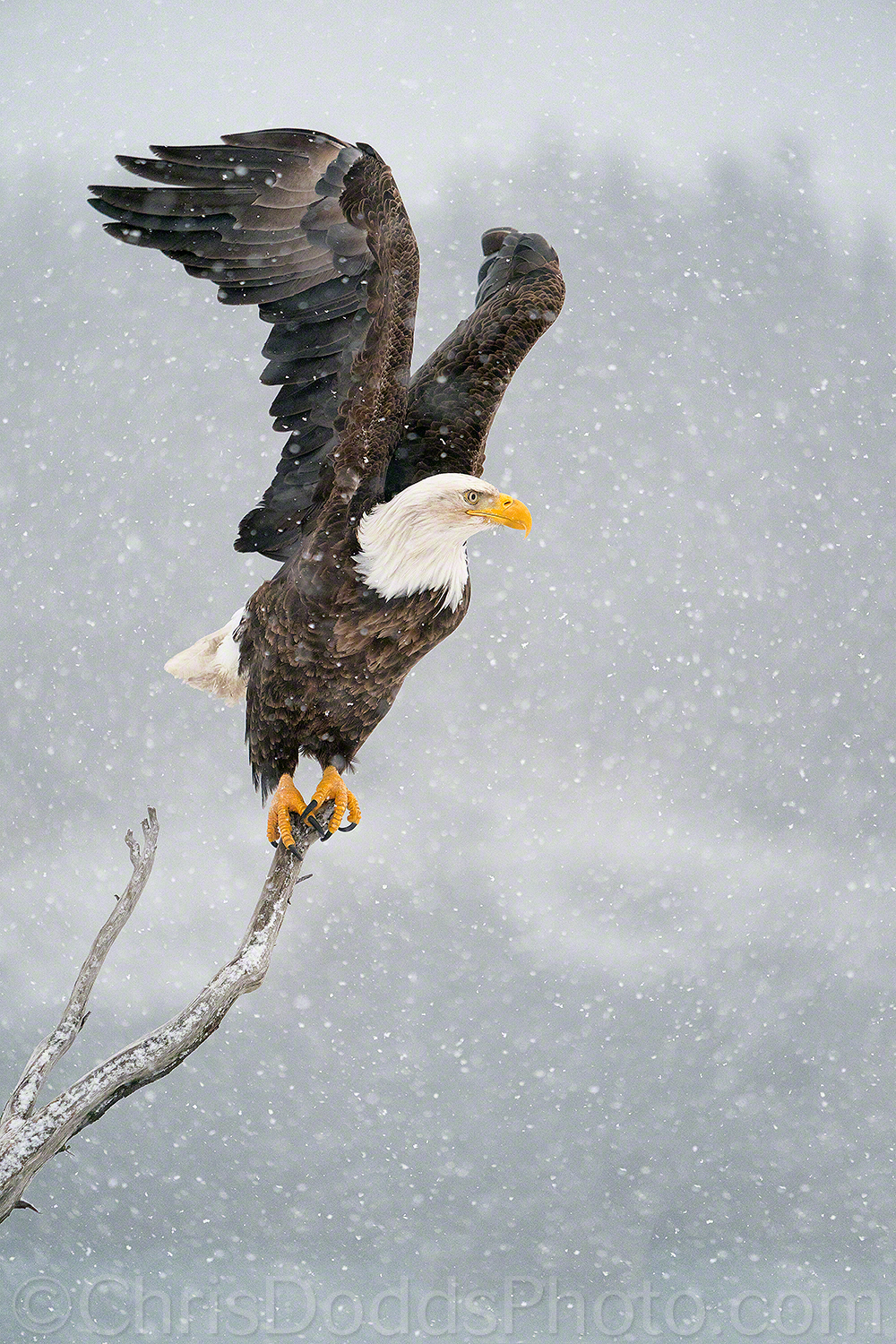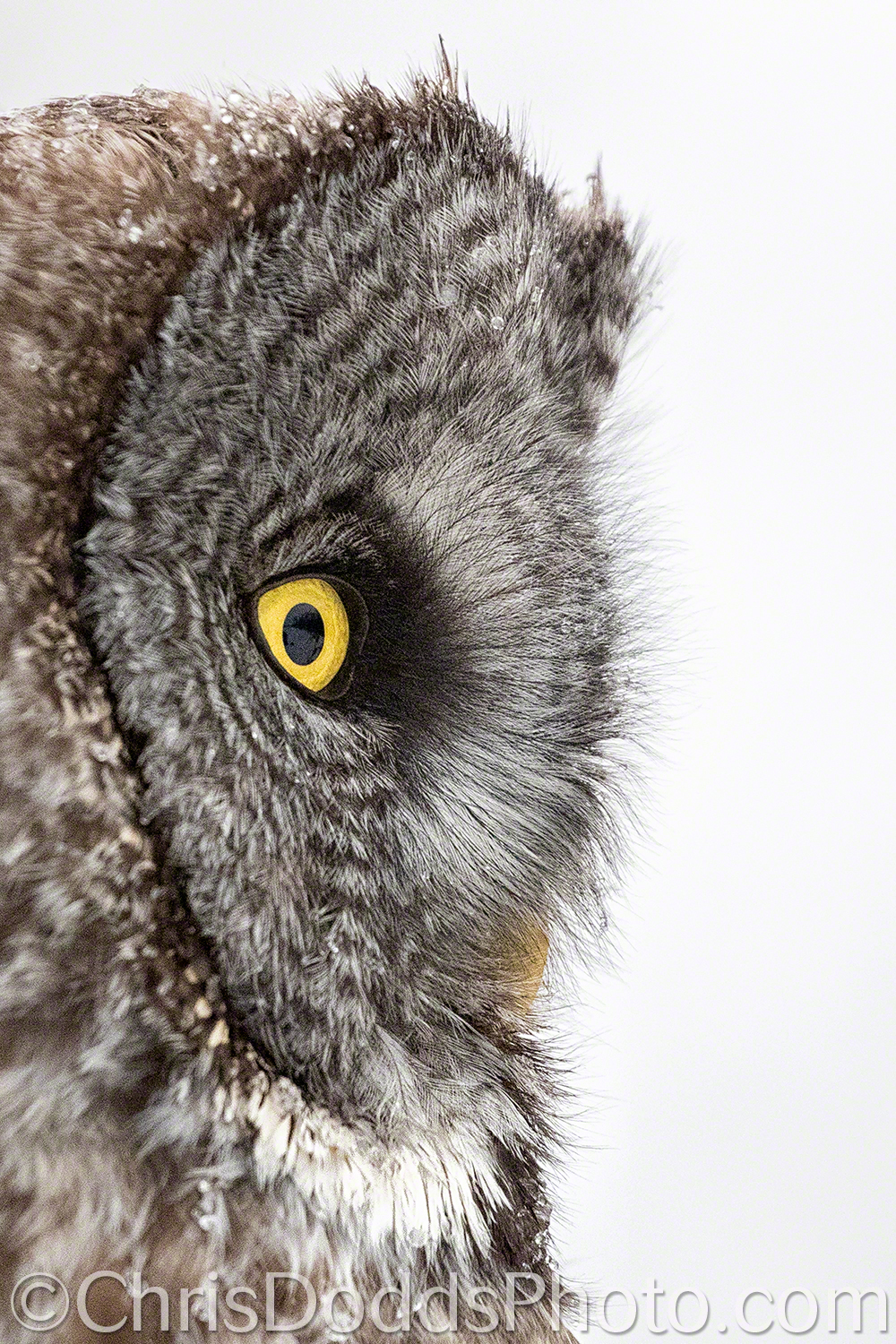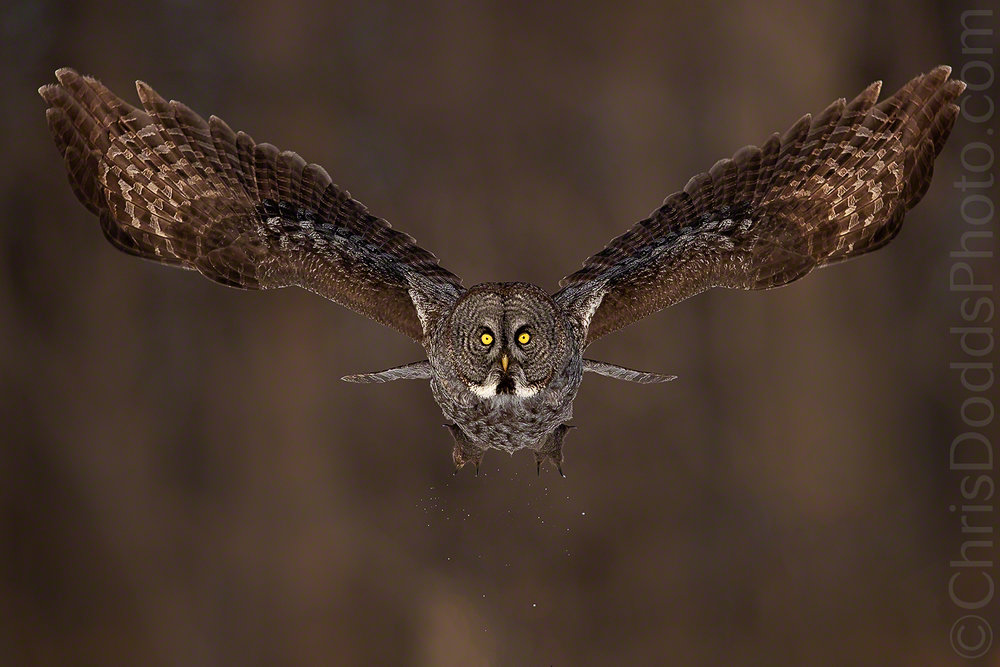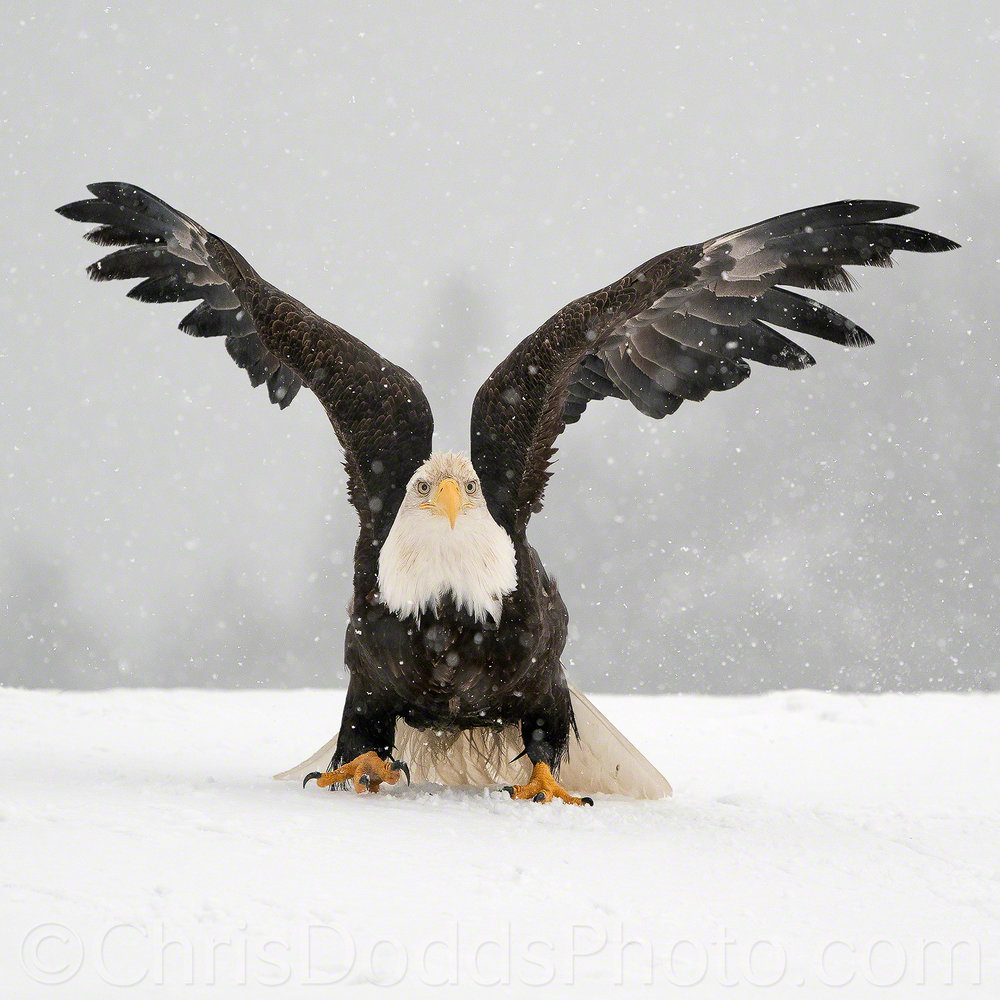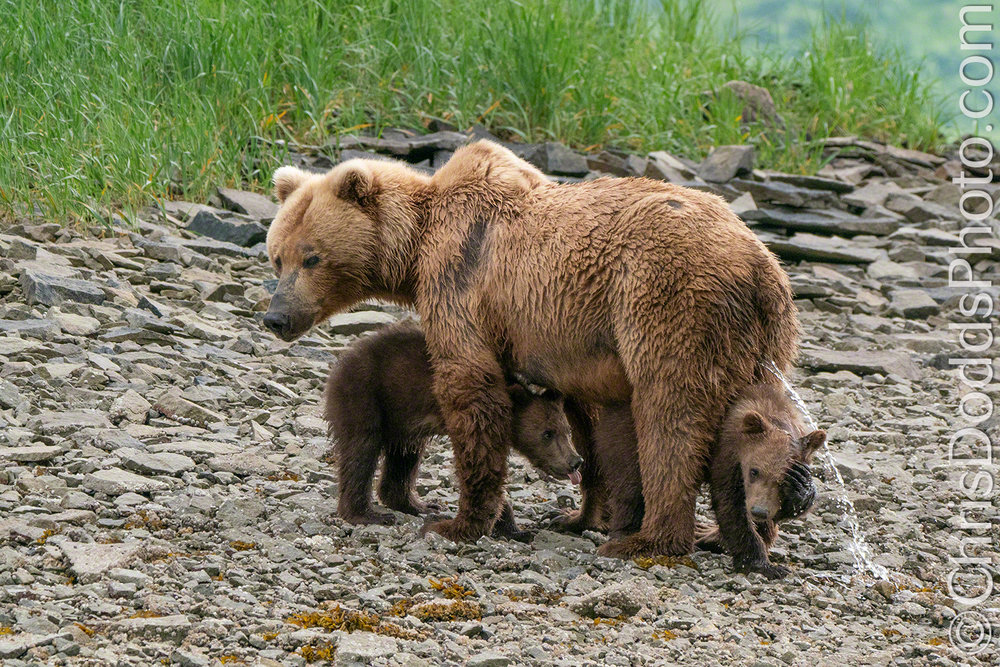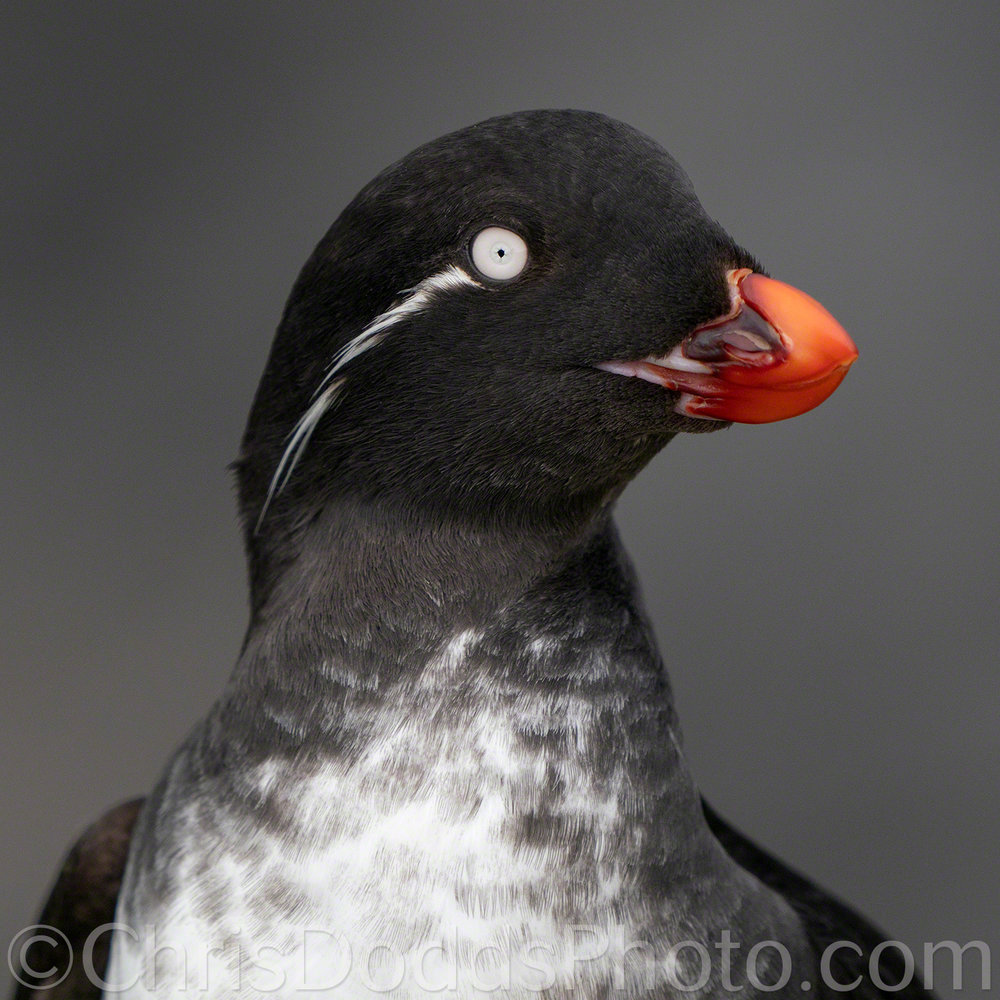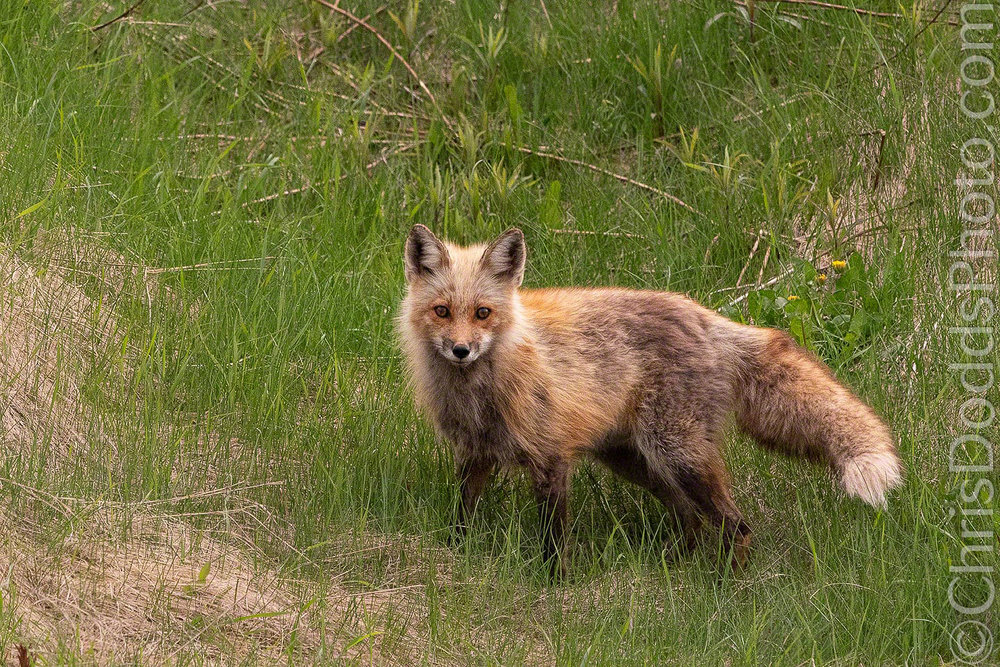 Red Fox (Vulpes vulpus, Renard Roux) Parc national de l'Île-Bonaventure-et-du-Rocher-Percé, Bonaventure Island, Quebec Image Copyright ©Christopher Dodds www.chrisdoddsphoto.com All Rights Reserved. Sony Alpha a9 Mirrorless camera & Sony FE 400mm f/2.8 G Master OSS Lens with Sony FE 1.4X Teleconverter @560mm ISO 6,400, f/9 @ 1/5,000s Manual exposure.
Red Fox (Vulpes vulpus, Renard Roux) Parc national de l'Île-Bonaventure-et-du-Rocher-Percé, Bonaventure Island, Quebec Image Copyright ©Christopher Dodds www.chrisdoddsphoto.com All Rights Reserved. Sony Alpha a9 Mirrorless camera & Sony FE 400mm f/2.8 G Master OSS Lens with Sony FE 1.4X Teleconverter @560mm ISO 6,400, f/9 @ 1/5,000s Manual exposure.
We had a few really great encounters with the resident Red Fox during my Gannets Galore workshop last June. Traditional symbols of cunning and craftiness, foxes are, in fact, agile, intelligent, and above all, adaptable creatures. Bushy-tailed, long-snouted members of the dog family, they are quick and skilful hunters that eat a broad range of wild fare, including insects, rabbits, berries, and all sorts of rodents, birds and their eggs.
The predatory behaviour of red foxes (Vulpes vulpes) in relation to a large multi-species seabird community was studied on Baccalieu Island, Newfoundland, from 1983-1986. Fox diet was assessed by examining the faecal composition, avian prey remains and larder hoarded prey. Leach’s Storm-Petrels (Oceanodroma leucorhoa) made up of 75% of scat by wet weight, 89% of remains and 95% of prey items in and scattered about larders. Black-Legged Kittiwakes (Rissa tridactyla), Atlantic Puffins (Fratercula arctica), Common Murres (Uria aalge) Northern Gannets (Sula bassanus) and Herring Gulls (Larus argentatus) formed 19% of scat by wet weight and 11% of remains.
"An excxellent professor of the art"
"Now in September, with the images of our Northern Gannet workshop processed and filed, I want to thank you for your outstanding planning and execution of the our adventure/trek/shoot on Bonaventure Island this summer. It was a pleasure to be your customer/client.
Your execution provided an experience to make it one of the two best that I have been a part of in my many years of summer shoots. Given the uncertainties of rain, tides, winds, and clouds, you exploited so well every opportunity that came our way. On these trips the purpose is to get good looks at the birds. The some 3,100 exposures that I came home with were solid evidence that I got the looks at this magnificent gannet I was hoping for ---I netted many quality images. Good stuff now in the files.
Our housing was just what we want: accessible, comfortable, clean and a good buy. The schedule was chock full, we did not have avoidable down minutes, and we squeezed all of the looks available to us out of the time and conditions available. The access to an ATV to tote our gear from the dock to the colony, for a guy of my age, was a real plus and that comes about only with your obvious advance work and solid relationships with the park folks.
The trip on the water to the far side of the island was a highlight for me and shows best your foresight and planning to get us in not otherwise available, shooting positions. That was unique time, extraordinary.
But most of all, Chris, your ever-present availability to be immediately responsive to our technical photographic and logistical questions makes this trip so exceptional. So many of the shoot producers put themselves above and before the client-photographer and are spending more time getting their own shots or just not being around when you need their advice. You stay available to provide professional guidance to the guys and gals paying for the experience. I observed that no question is too mundane; you patiently helped the rookies, just as you did the most advanced. Personally, I improved my techniques and banked a good range of knowledge, thanks to you.
My summary: You are an excellent professor of the art, a solid expedition planner, a constant steward of the details, and a good guy with whom to spend days on a trek.
I'm very interested in getting some Spring/nesting shots of that Atlantic Puffin. If you put together such a trip, please let me know.
I look forward to another shoot with the unique Dodds' touch.
Continued success to you, with all best wishes,
Andy Hays Chicago, Illinois, USA"
Andy will be joining me this August for my Deluxe Puffins Galore Workshop in Quebec. Learn more about my Puffin workshop HERE.
 Blackburnian Warbler (Dendroica fusca, Paruline à gorge orangée, BLWA) on the beach at the tip of Point Pelee National Park of Canada during my Songbirds of Pelee Workshop. Image Copyright ©Christopher Dodds www.chrisdoddsphoto.com All Rights Reserved. Sony Alpha a9 Mirrorless camera & Sony FE 400mm f/2.8 G Master OSS Lens with Sony FE 2X Teleconverter @800mm ISO 2,500, f/7.1 @ 1/2,000s Manual exposure.
Blackburnian Warbler (Dendroica fusca, Paruline à gorge orangée, BLWA) on the beach at the tip of Point Pelee National Park of Canada during my Songbirds of Pelee Workshop. Image Copyright ©Christopher Dodds www.chrisdoddsphoto.com All Rights Reserved. Sony Alpha a9 Mirrorless camera & Sony FE 400mm f/2.8 G Master OSS Lens with Sony FE 2X Teleconverter @800mm ISO 2,500, f/7.1 @ 1/2,000s Manual exposure.
